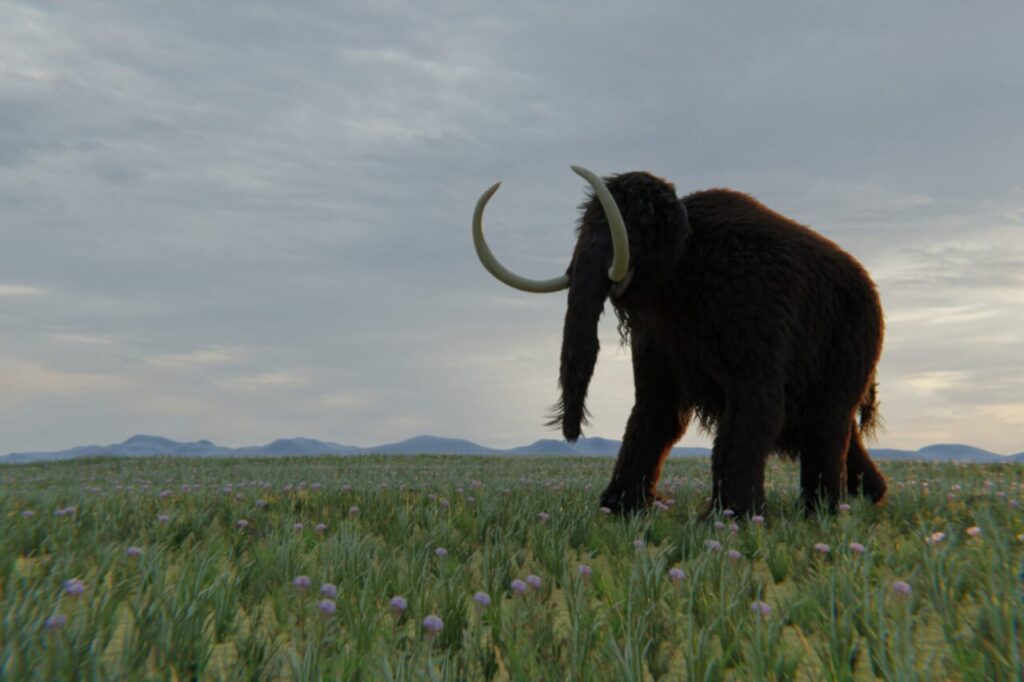
Researchers in Canada have made a significant discovery regarding the geographic range of the woolly mammoth, revealing that these ancient creatures roamed much farther east than previously understood. The study, published in the journal Canadian Science Publishing, re-examines a mammoth tooth first discovered in 1878 on an island in Nunavut, a northern territory of Canada. The findings suggest that the tooth, once thought to belong to a Columbian mammoth, actually originates from a woolly mammoth (Mammuthus primigenius).
New Insights from an Old Fossil
The research team, led by Louis-Philippe Bateman, a graduate student at McGill University, employed advanced techniques to analyze the morphology and isotopic composition of the tooth. Their investigation revealed that the tooth represents a worn stump of the third left upper molar of a woolly mammoth. The isotopic analyses, which help scientists understand ancient diets, indicated that this mammoth consumed typical Ice Age vegetation, including grasses and other plants.
Despite living during an interglacial period between 130,000 and 100,000 years ago, when temperatures resembled those of today, the mammoth likely faced nutritional challenges. The isotopic tests showed unexpectedly high levels of nitrogen, suggesting potential malnutrition in its final days. Bateman likened the process of isotopic analysis to “high-stakes dentistry on precious fossil remains,” emphasizing the meticulous care required when handling such important artifacts.
The Broader Implications
This discovery not only sheds light on the life of this particular woolly mammoth but also underscores the enduring significance of museum collections. “A specimen kept for almost 150 years still has secrets to reveal,” Bateman noted. The research highlights how studying these long-preserved specimens can provide insights into the evolution of species and their responses to climate change.
As researchers continue to explore the implications of their findings, Bateman expressed enthusiasm for future discoveries. “Now that we know woolly mammoths likely ranged here, it’s very tempting to go out and look for some more. They can turn up in the most unexpected of places!” This sentiment reflects the excitement within the scientific community about the potential to uncover more about these fascinating creatures.
The study represents a reminder of the value of historical specimens and their ability to inform modern scientific understanding. As researchers delve deeper into the past, they continue to uncover stories hidden within the remnants of once-dominant species that roamed the Earth.







